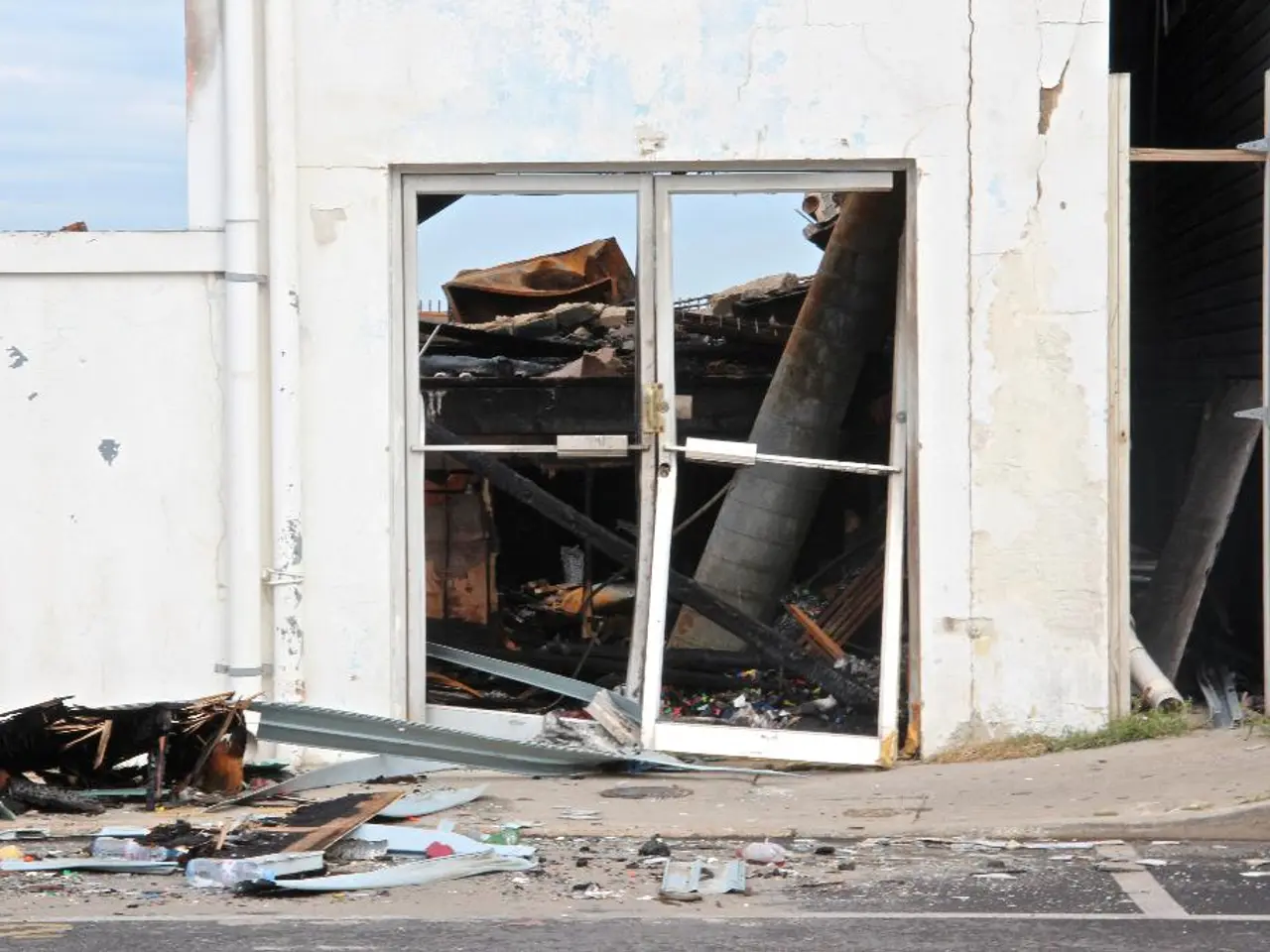Nature awakens in the North: Spring arrives, marked by the chorus of birds and verdant landscapes.
After a rough week weather-wise, North Iceland is once again painted with the hues of spring. The ground is lush and verdant, and the air is filled with birds' melodious chirps, a stark contrast to the hail and sleet that battered the region just days ago.
On Tuesday night, a powerful northerly wind swept across the country, resulting in snow at high altitudes and heavy sleet or rain elsewhere. This intense weather raised the specter of landslides in regions like Tröllaskagi and Útkinn. However, the Icelandic Meteorological Office has reassured that the danger posed by the waterlogged soil on mountain slopes has largely abated. Emergency services continue to monitor the situation in affected areas such as Ólafsfjörður, where they are busy pumping water from flood-prone locations and helping farmers move livestock to safety. Amazingly, there have been no reports of property damage thus far.
Mt Húsavíkurfjall, however, remained a bleak sight this morning, presenting a gray canvas, even down to the middle of the slopes[1].
Alert Lifted
The National Commissioner of Police, in conjunction with regional police chiefs, declared the cancellation of the civil protection uncertainty level on Wednesday. This move came as a result of significant improvements in the weather, as no further weather warnings have been issued[3].
The uncertainty level was raised on June 2nd due to a northerly storm that entailed strong winds, heavy snowfall, and snow drifts, triggering warnings for flash floods and potential landslides, particularly in North Iceland[3]. With the weather clearing and the threat subsiding, residents in the region can once again appreciate the symphony of birdsong and the sight of lush pastures gracing the countryside.
This weather pattern in Iceland remains unpredictable, with a tendency towards abrupt shifts between warm and cold conditions[2]. Despite the challenges that follow such storms, the region is well-equipped to deal with the disruptions. The recovery usually proceeds swiftly, with the authorities focusing on tasks like clearing snow from roads, restoring transport links, and ensuring continued access for remote communities. Despite the unpredictable climate, ongoing weather monitoring is carried out to address any new threats[2].
In essence, North Iceland recently experienced a winter-like northerly storm, resulting in snow and powerful winds. There's no evidence of severe or lasting infrastructure damage, and recovery efforts proceed routinely, with the area anticipated to return to normal conditions as weather stabilizes. Nevertheless, vigilance is advised due to Iceland’s volatile climate[2].
[1] mbl.is/Hafþór[2] Ragnar Pálsson, Iceland's Volcanic History and Prospects, Geoscience Press, 2015[3] Iceland Meteorological Office, Civil Protection Department update[4] Mbl.is, Orange weather warning in Northern Iceland (Icelandic)
Scientists are monitoring the weather patterns in Iceland closely due to its unpredictable nature, especially in relation to sudden shifts between warm and cold conditions. The recent northerly storm in North Iceland has caused snow and strong winds, but thanks to ongoing weather monitoring and recovery efforts, the region is expected to return to normal conditions soon.
Furthermore, the environmental sciences play a crucial role in assessing the impact of such weather events on the landscapes and ecosystems of Iceland, ensuring the region can mitigate any future risks.








